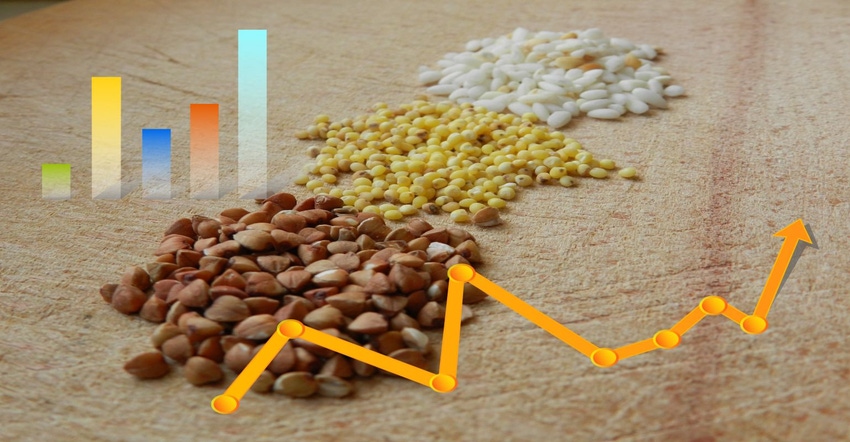Global food commodity prices dip slightly in July
Global food commodity prices saw a slight decline in July, led by lower prices for some cereals, dairy and sugar, which offset higher prices for meat and oils, according to the latest data from the UN’s Food Agriculture Organization (FAO).

The FAO Food Price Index averaged 170.9 points in July 2019, down 1.1% from June but 2.3% from July 2018.
The Cereal Price Index averaged 168.6 points in July, down 2.7% from June but 4.1% above its level in the corresponding month last year. The overall decline was mainly driven by a slide in wheat and maize prices, reflecting, among others, ample export supplies. By contrast, the rice index marked its fifth successive month of stability amid generally quiet market activity.
The Vegetable Oil Price Index averaged 126.5 points in July, up 0.8% from July but still 11% below July 2018. Soy and sunflower oil prices balanced out a further drop in palm oil values, which was largely driven by continued seasonal surge in crop production in Southeast Asia combined with sluggish global import demand.
The Dairy Price Index averaged 193.5 points in July, down 2.9% from June, representing the second consecutive month of decline. In July, butter quotations dropped the most, followed by cheese and Whole Milk Powder (WMP).
The FAO Sugar Price Index averaged 82.2 points in July, down 0.6% from June 2019, mainly on expectations for higher sugar cane yields in India, following above average rainfalls in the main sugar producing region. The decline in world prices was partially contained by a strengthening of the Brazilian Real against the U.S. dollar, a move that tends to restrain exports from Brazil, the world's largest sugar exporter.
The Meat Price Index averaged 176.2 points in July, up slightly from June, marking its sixth month-on-month price increase. Ovine and bovine meat prices rose further in July, boosted by robust import demand from Asia and weakening supplies from Oceania due to a seasonal decline. On the other hand, prices for pig meat dropped slightly after four months of continued increases, reflecting larger export availabilities from Brazil and the United States.
About the Author(s)
You May Also Like






.png?width=800&auto=webp&quality=80&disable=upscale)